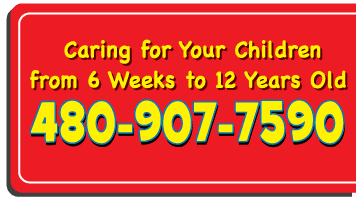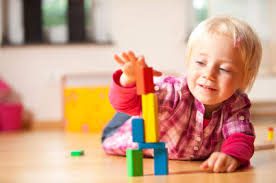True story. A mom went to a parent teacher conference and was told that her son was lacking fine motor skills, such as being able to cut paper. The teacher suggested that the mom let the child practice with no specific guidance as to what to cut, just let him cut. The mom looked at the teacher and said, “Absolutely not! That is way too messy!” Yes, it’s destructive play, but is also an important part of early childhood education.
If you haven’t already seen it at your own home, Google “messy toddlers” and you’ll see that kids like to make messes. Children need to have the opportunities to experiment, get dirty, play rough (when appropriate). Kids learn an incredible amount of information about the world around them from destructive play and by experiencing it first hand. What do different types of dirt feel like or look like and why? What happens when you get glue on your hands? How do bubbles work? What happens if you knock over a block tower? How do you clean up a mess that you made?
Below are some destructive activities that little ones enjoy that can help them learn about the world around them.
#1 Emptying containers – whatever container it is, toy boxes or drawers or baskets, you’ve seen little ones make messes in minutes. What are they learning?

- Object permanence – there are objects underneath the ones that we can see
- Gross motor skills – moving arms to empty the bin, bending over to reach the bin, etc.
- Fine motor skills – taking out toys one at a time
- Cause and effect
#2 Knocking down blocks – build a tower for your little one and let them take blocks off or knock the whole thing down. What are they learning?
- Cause and effect
- Fine motor skills
- Working together
#3 Removing puzzle pieces – playing with the big, wooden puzzle pieces is fun. Not putting the puzzle together, but taking it apart. What are they learning?
- Fine motor skills
- Hand-eye coordination – working on grabbing specific puzzle pieces
- Spatial awareness – realizing where the puzzle pieces are in relation to the whole puzzle
- Problem solving – seeing how pieces fit together
You can also teach them to clean up the messes they made. This teaches similar skills as well as responsibility for their mess. It’s hard, but let go of the need for perfection all the time. Let the kids be kids (then teach them to clean it up)!




